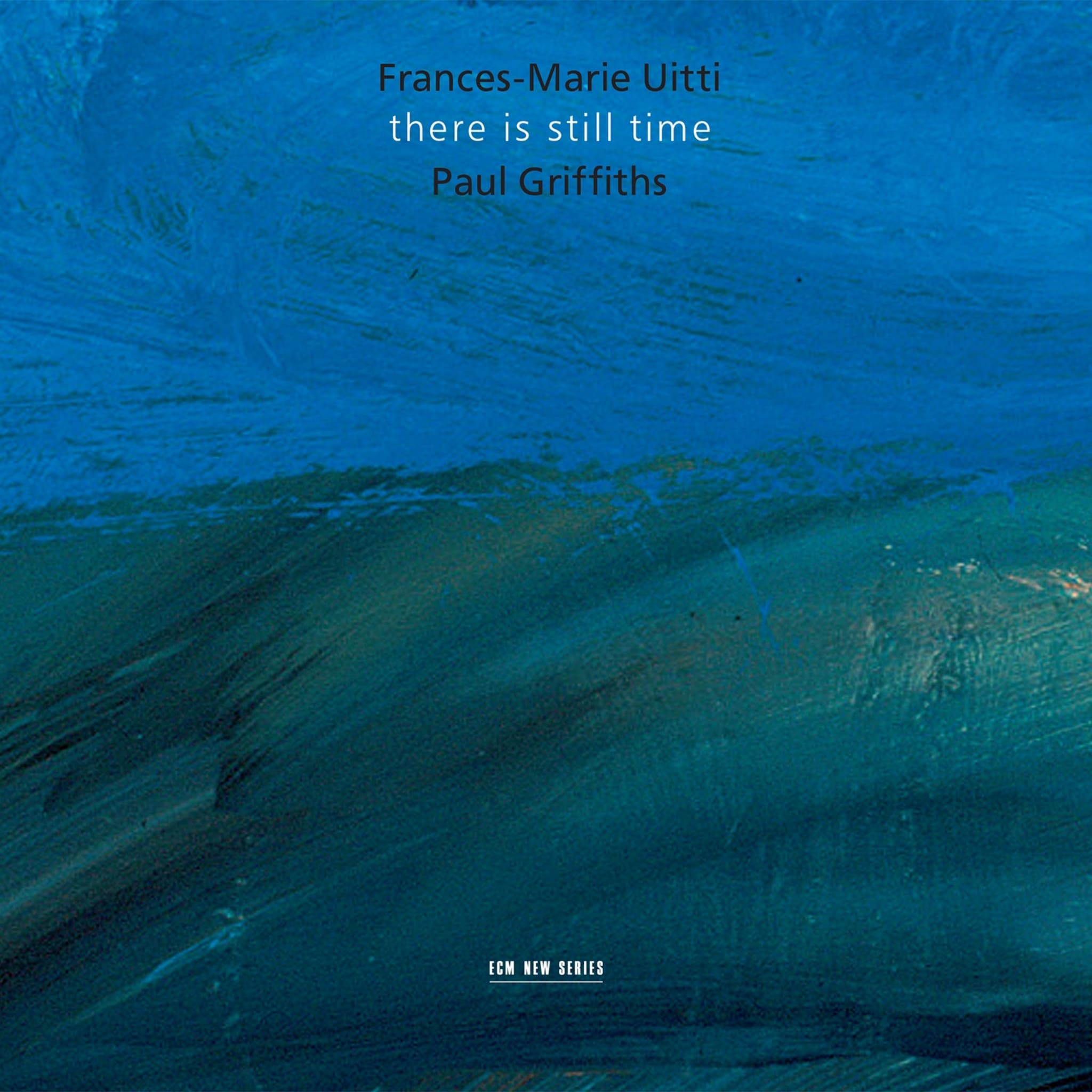Album insights
In early November 1792, the twenty-one-year-old Beethoven left his hometown of Bonn for Vienna, a city that was then competing with London for the title of Europe's musical capital. He aimed to study composition with Haydn and establish himself as a composer and performer in the city. Despite the "desperate frivolity" of that time, Vienna's aristocracy was the most musically open-minded in Europe by the end of the 18th century. Through his connections in aristocratic circles, Beethoven quickly made a name for himself in the city's salons. Shortly after his arrival, he became a lodger at the home of Prince Karl von Lichnowsky, a talented amateur pianist who hosted private soirees where Beethoven amazed guests with his brilliant piano improvisations. It was at one of these gatherings that Beethoven presented his first significant Viennese compositions, a set of three piano trios dedicated to Lichnowsky.
Beethoven was determined to make a splash with his Opus 1, spending considerable time working on the trios before their publication. He began work on No. 2 in 1793 and No. 3 in 1794, while the initial sketches for No. 1 likely dated back to his time in Bonn. Beethoven's choice to showcase a piano trio for his debut was strategic, as the combination of violin, cello, and piano was popular among amateurs, promising good sales and allowing Beethoven a leading role on his instrument. Unlike the string quartet or symphony, the piano trio had not played a central role in the works of Mozart or Haydn in Vienna prior to August 1795.
Despite Haydn's concerns about the C minor trio, Beethoven's Opus 1 was warmly received by connoisseurs and amateur musicians. The trios challenged the traditional notion of piano trios as small-scale domestic music with their independent string parts, extended sonata-form movements, and intense musical dialectics. Each trio consisted of four movements instead of the expected two or three, resembling symphonies for three instruments rather than mere divertissements. Beethoven's early trios showcased innovation and individuality, departing from the norms of his predecessors.
The first two movements of the E-flat major trio from Opus 1 exhibit a mixture of Mozart's spirit and Beethoven's structural complexity, thematic richness, and expansive design. The expansive Adagio cantabile in A-flat major features a refined Rondo structure with emotionally charged episodes, demonstrating Beethoven's expressive depth. The third movement emerges as Beethoven's first true Scherzo, exhibiting tonal ambiguity, playful motifs, and a departure from conventional minuet styles.
The G major trio establishes a symphonic scale with a grand slow introduction, a feature uncommon in piano trios. The Allegro displays elements reminiscent of Haydn, intertwining themes from the introduction into the main body of the movement. The Largo con espressione in E major contrasts a calm Siciliano rhythm with dramatic expressiveness, showcasing Beethoven's early taste for tonal exploration. The jovial finale in sonata form captures Beethoven's spirit with lively themes and dynamic contrasts, expanding on Haydn's playful style.
The Florestan Trio provides a rare glimpse into Beethoven's earlier works with the Trio in E-flat major, WoO38, composed in 1790 or 1791. This charming three-movement piece, while less elaborate than the Opus 1 trios, reveals Beethoven's budding creativity and foresight. The work's consistency in key and mode is notable, with each movement offering a different musical character and thematic development.
In conclusion, Beethoven's Opus 1 trios marked a bold departure from traditional chamber music norms and revealed his early genius and experimental spirit. These works not only showcased his technical prowess but also his ability to push the boundaries of classical music composition.


